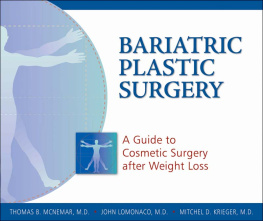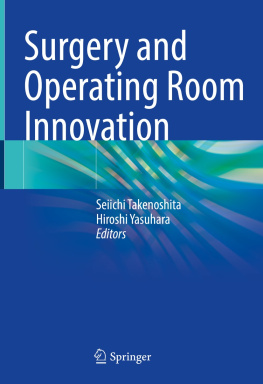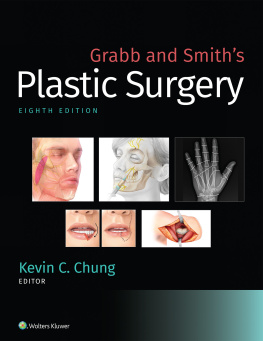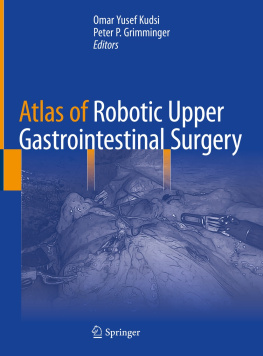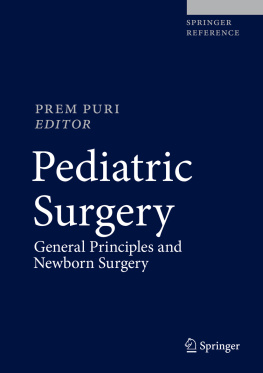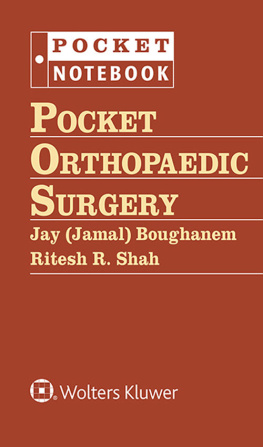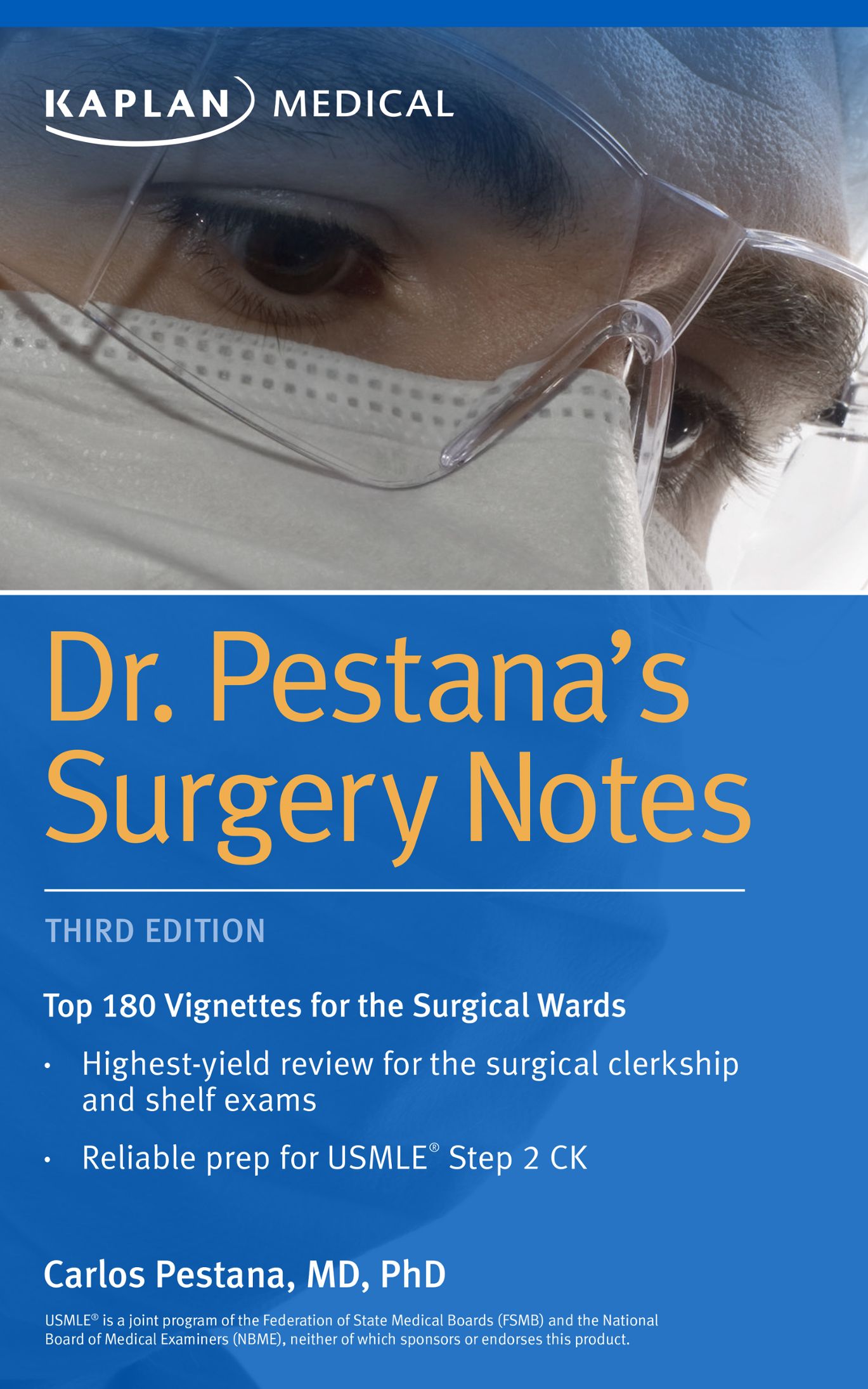
Dr. Pestanas Surgery Notes
FOURTH EDITION
Top 180 Vignettes for the Surgical Wards
Carlos Pestana, MD, PhD
USMLE is a joint program of the Federation of State Medical Boards of the UnitedStates and the National Board of Medical Examiners, neither of which sponsors or endorsesthis product.
This publication is designed to provide accurateinformation in regard to the subject matter covered as of its publication date,with the understanding that knowledge and best practice constantly evolve. Thepublisher is not engaged in rendering medical, legal, accounting, or otherprofessional service. If medical or legal advice or other expert assistance isrequired, the services of a competent professional should be sought. Thispublication is not intended for use in clinical practice or the delivery ofmedical care. To the fullest extent of the law, neither the Publisher nor theEditors assume any liability for any injury and/or damage to persons orproperty arising out of or related to any use of the material contained in thisbook.
2018, 2017, 2015, 2013 by Carlos Pestana, MD, PhD
Published by Kaplan Publishing, a division of Kaplan, Inc.
750 Third Avenue
New York, NY 10017
All rights reserved under International and Pan-American Copyright Conventions. Bypayment of the required fees, you have been granted the non-exclusive, non-transferableright to access and read the text of this eBook on screen. No part of this text maybe reproduced, transmitted, downloaded, decompiled, reverse engineered, or storedin or introduced into any information storage and retrieval system, in any form orby any means, whether electronic or mechanical, now known or hereinafter invented,without the express written permission of the publisher.
ISBN: 978-1-5062-3592-9
Kaplan Publishing books are available at special quantity discounts to use for salespromotions, employee premiums, or educational purposes. For more information or topurchase books, please call the Simon & Schuster special sales department at 866-506-1949.
About the Author
Carlos Pestana, MD, PhD, is currently an emeritus professor of surgery at the University of Texas MedicalSchool at San Antonio. A native of the Canary Islands, Spain, Dr. Pestana graduatedfrom medical school in Mexico City, ranking #1 in his class, and subsequently receiveda doctorate in surgery from the University of Minnesota, in conjunction with a 5-yearsurgical residency at the Mayo Clinic. Throughout his career, he has received over40 teaching awards and prizes at the local, state, and national levels, includingamong the latter the Alpha Omega Alpha Distinguished Professor Award from the Associationof American Medical Colleges, and the National Golden Apple from the American MedicalStudent Association.
In the late 1980s and early 1990s, Dr. Pestana was a member of the Comprehensive PartII Committee of the National Board of Medical Examiners, which designed what is nowthe clinical component of the Licensure Examination (Step 2 of the USMLE), and healso served for 8 years as a member-at-large of the National Boards.
For Test Changes or Late-Breaking Developments
kaptest.com/publishing
The material in this book is up-to-date at the time of publication. However, the Federationof State Medical Boards (FSMB) and the National Board of Medical Examiners (NBME)may have instituted changes in the test after this book was published. Be sure tocarefully read the materials you receive when you register for the test. If thereare any important late-breaking developmentsor any changes or corrections to theKaplan test preparation materials in this bookwe will post that information onlineat kaptest.com/publishing .
For Questions or Feedback About This Book
Contact us at booksupport@kaplan.com.
Preface
The front cover says Surgery Notes. Your curiosity is aroused: I always wanted to know how an appendectomy is done. Let me look inside and find out. You will not encounter that information. Surgeons obviously have to know that, but this little book was written for medical students and physicians preparing to take a licensure exam. For those purposes, you have to understand surgical diseasesto know when to operate and which procedure is indicatedbut not exactly the technical steps.
Surgeons themselves recognize that the most important thing they do is to choose the who and when and what, rather than the how. Although surgeons take great pride in providing flawless execution, which is of course terribly important, they dismiss it out of hand with the classic joke: You could teach a monkey how to operate.
But before we leave the operating room, lets look at what goes on in there with a brief historical perspective.
By around 1910, virtually all our surgical armamentarium had been developed, mostly in Western Europe. The last two areas, open-heart surgery and transplantation, were added around the mid-1900s. As they pertained to the two major body cavities, the abdomen and the chest, they were approached via large incisions. That open route provided good exposure, allowing the surgeon and assistants to use normal hand motions. Not only could they see what they were doing, but they also could feel the structures being dissected. Stones could be palpated, pulsations detected. When unexpected bleeding arose, direct pressure could instantly stanch it while additional help was summoned. It worked.
But it worked at a pricepaid by the patient, as a true story from my days at the Mayo Clinic illustrates. Dr. C. W. Mayo, with his retinue of residents, students, and nurses, was making rounds on a postoperative patient. Pointing to the long, recently sutured abdominal incision, Dr. Mayo praised the virtues of generous access. Make them big, he said. They heal from side to side, and not from end to end.
At which point the patient interjected, Yes, but they hurt from end to end.
Indeed they did. And a laparotomy was not the worst. The traditional approach to the chest, a posterolateral thoracotomy, was the most painful incision that could be inflicted on a human being. Every breath afterward was pure agony.
Unknown to the patients, and mostly ignored by the physicians, was the other cost of those big cuts: They were destructive. The vast majority of metabolic response to trauma often came from the incision itself rather than from what was done inside.
The stage was thus set for the revolution that began in the second half of the 20th century and continues to this day: minimally invasive surgery.
Consider the example of laparoscopic surgery: Carbon dioxide is insufflated into the abdomen to make room to conduct the procedure. A thin tube with a TV camera and a light sourcea laparoscopeis introduced through a tiny incision, and the area to be worked on appears on a TV screen. Additional probes are then added through other ports to do the actual operation, with scissors, staplers, cautery tips, and so on, at the working end of those long sticks. Moving these ingenious instruments requires complex, unnatural motions both to position the tip and to activate the various functionsrequiring the surgeon and assistants to master new skills of hand-eye coordination.
There is no palpatory input, the image is two-dimensional, and if anything goes wrong the belly has to be opened. In planning for a laparoscopic procedure, it is made clear to the patient that old-fashioned open surgery is the standard. Every effort will be made to complete everything with minimally invasive techniques, but converting to open is not a complication, an error, or an untoward outcome. It is simply the prudent thing to do if needed.
Next page

